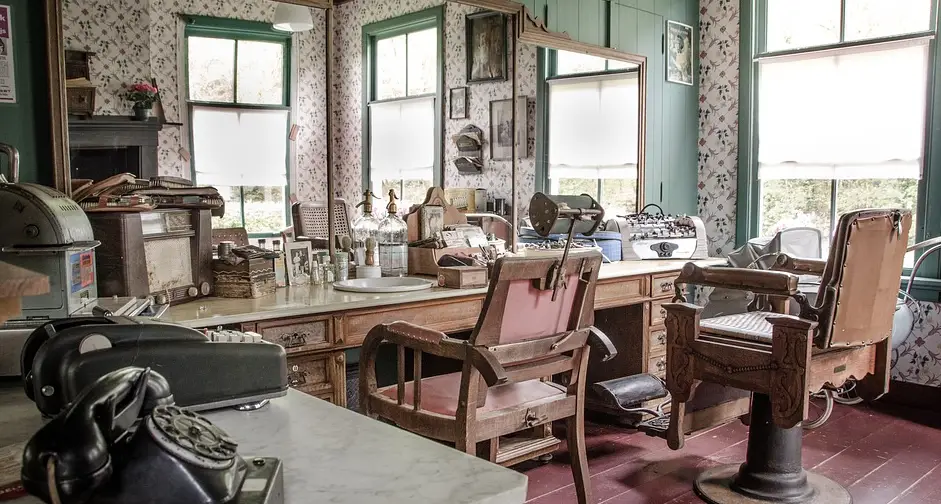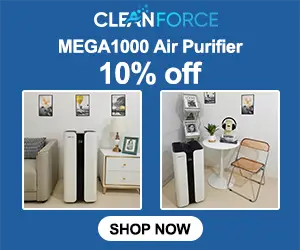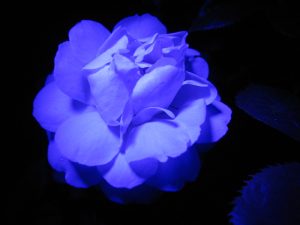
A UV or ultraviolet light , when it is targeted directly upon it, can effectively destroy mold, bacteria and fungus.
But that begs the question, since there is no way to Target a UV light on air itself –
Table of Contents
What is the Purpose of a UV Light on a Air Purifier?
UV light is used in air purifiers to destroy pathogens in the air stream by using ultraviolet in three different ways including:
- Targeting and destroying germs that are living on the Hepa filter.
- Targeting it on the source of the mold in an HVAC. Coils, drip pans, etc.
- Targeting it on a catalyst to cause a photocatalytic oxidation reaction of ions.
- They will also kill any pathogens that happen upon the UV light bulb.

When I think about a UV light, it reminds me of being a young boy sitting in a barber’s chair.
The reason is that the barber always had a glass canister with a blue light in it, sitting on a shelf behind him.
I didn’t know it back then, but that blue light was a ultraviolet lamp that he was shining on his Combs and scissors to keep them disinfected.
There are many more applications for ultraviolet light such as-
- keeping your aquarium clean
- sterilizing surgical equipment
- bug zappers
- tanning beds
- and even killing fungus in your shoes
And that’s a short list.
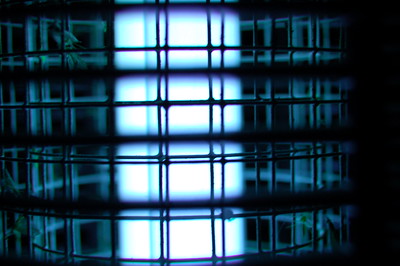
But Each One of These Relies on the UV Light Being Targeted Directly Upon Its Subject.
But in the case of air purifier, You are simply not going to get air to sit in front of a disinfecting bulb and wait there for the pathogens in it to die. So that’s why when cleaning air with UV, you either have to capture the pollution and aim the light on it. Or you have to aim it at the source of the pollution before it enters the air stream.HEPA UV Air Purifier
A HEPA UV air purifier works by drawing air into a HEPA filter with a UV light aimed at the filter to destroy the germs or bacteria that are being trapped in the filter.
Otherwise without the UV in place, the germs and bacteria can remain alive on the filter.
The Ultraviolet lamp also helps to disinfect the air as it passes through, providing extra elimination of airborne pathogens.
UV Light HVAC Furnace Air Purifier
The purpose of placing UV lights in your central heat and air conditioning (HVAC),
is to eliminate the production of of mold spores before they get a chance to become a problem,
And populate your ductwork, spreading through your airstream via the vents.
The environment inside your furnace or HVAC, because of moisture and the absence of light are an ideal climate for mold to grow.
Placing UV lights to target areas like drip pans and condensation coils inside the unit can keep mold from producing and ever becoming a problem.
Photocatalytic Oxidation (PCO)
Another way that UV is used in air purification is Photo catalytic Oxidation.
PCO targets the UV-C on a hydrated catalyst composed of metals, primarily titanium oxide.
The result of this is the creation of hydrogen peroxide ions among other types of ions.
Hydrogen peroxide ions are essentially the gas form of hydrogen peroxide solution. The same stuff you put on a cut or abrasion for disinfection.
Since these air purifiers disperse ions in the millions, they can not only be considered an air sanitizer, they will sanitize the surfaces around the air purifier to.
Photocatalytic Oxidation is known to be very effective at reducing germs and bacteria. It is also one of the best ways to eliminate airborne mold spores.
This makes it another ,and a more efficient way to purify the air inside of your central heat and air conditioning unit.
These induct UV air purifiers typically install into the plenum or supply air vent of the furnace – AC.
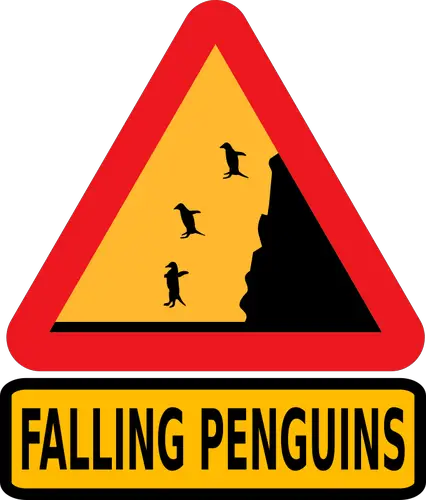
Can UV Air Purifiers be Dangerous?
Since the UV used in air purifiers is typically in the UV- C spectrum, it is very destructive to organisms, and that can include your eyesight.
For that reason it is imperative never to stare at the UV light and place the air purifier we’re children or not capable of staring at it either.
For professionals who have to deal with UV, there are professional goggles, gloves, and clothing, you can purchase.
UV lamps also contain mercury. The amount of mercury in a light bulb is minimal what should it break, you should take care cleaning it up and make sure to dispose of the remains safely.
The truth is you are much more likely to get mercury poisoning from eating fish then breaking a UV bulb.
Other types of UV include UV – A and the UV – B
UV- A is the wavelength responsible for getting a tan. Though it can be responsible for premature wrinkles on your face, it the least harmful of all UV wavelengths and exist in our everyday life. It is also manufactured for use in tanning beds.
UV- B ultraviolet is the type of UV wavelength that they warn you about on the evening news. This type causes sunburn and blistering on the skin. Skin cancer can also be a result of being exposed too long to UV-B.
Tanning beds sometimes combine UV-B with UV-A to get a faster tanning effect. Though it obviously doesn’t stop people,
It is hardly worth it to risk getting skin cancer for a quicker tan.
UV-C is the most harmful. Though it doesn’t naturally enter the Earth’s atmosphere because of the ozone layer, It is the wavelength that is manufactured the most because of its capacity to kill germs and destroy organisms.
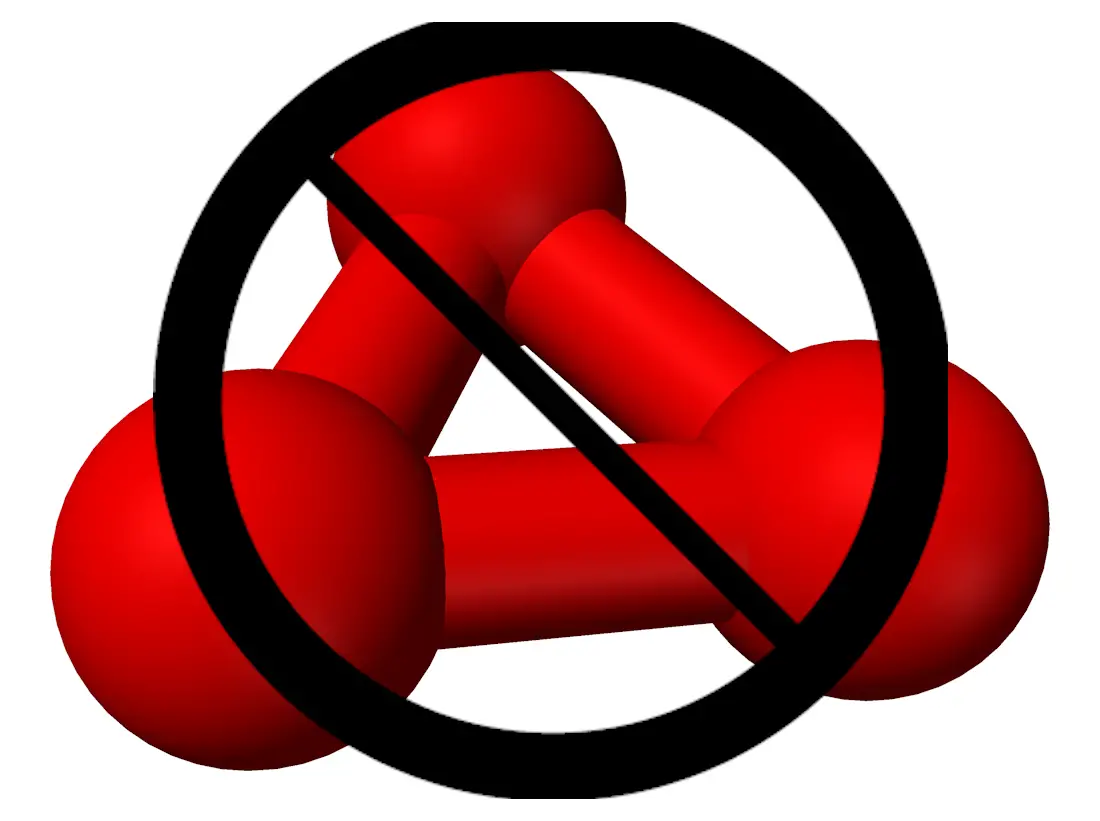
UV-C also creates ozone as a byproduct.
Ozone is also very destructive to organisms but it can be destructive to your lung tissue also if you or exposed to it long enough.
When using UVC lights or PCO in the central heat and air system, Ozone does not pose a problem at all because of the rate at which it dissipates.
But stand-alone UV air purifiers can run the risk of creating too much ozone in a square space if the wrong size UV air purifier is not used in the appropriate space.
In other words, an UV air purifier that is completely safe in a large living space would be completely Overkill in a bathroom or small bedroom.
A good analogy for ozone is bleach. You can douse bleach into a bathroom and kill everything in there but you will not be able to go in there for quite a while.
Same with ozone. Too much in a small area is a hazard.
Since there is no way to regulate how people use ozone,
Or ensuring that people are using the right size air purifier in the designated square space,
Air cleaners that manufacture ozone, including UV air purifiers that create too much ozone, have been outlawed in the state of California.
One of the main points of using an air purifier is to breathe easier in your home or office.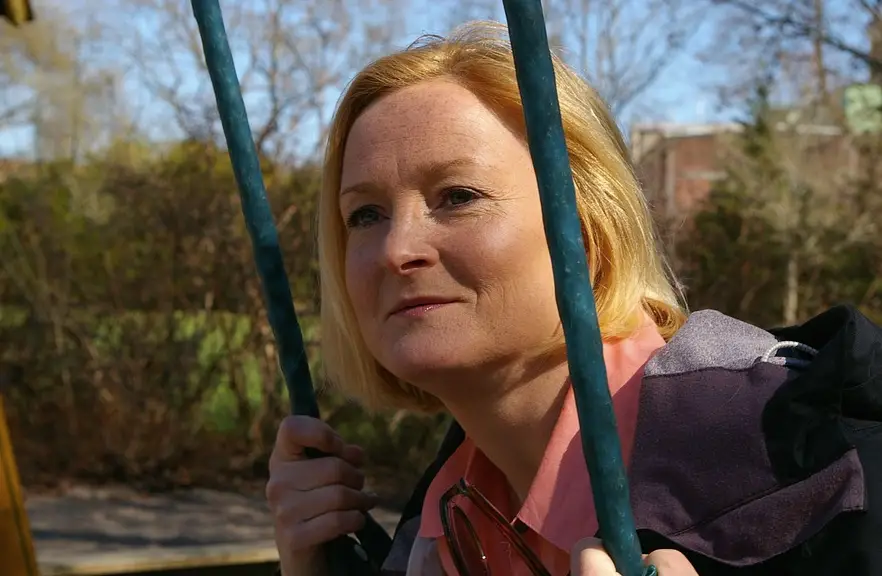
So it honestly it makes no sense to use ozone in your home as an air cleaner unless it is for remedial reasons like mold clean-up and strong odor removal.
it should never be used in the vicinity of people, pets or plants. and it is important to let it dissipate completely before utilizing the space again.
It is best to leave the ozone machines to the professionals and get it done right.

Summary.
UV is used in an air purifier by trapping air pollution into a HEPA filter and killing the pollution on the filter by targeting a UV lamp on it.
Or by placing UV germicidal lamps at the source mold spores inside your HVAC
And it is also used in Photocatalytic Oxidation to create a result air-purifying ions.
UV light is an excellent way of improving the air inside of your home or office.
For my money the best way of using UV for air purification is a PCO photocatalytic oxidation induct air purifier in your central heat and air system.
This method not only stops indoor air pollution before it gets started it also circulates sanitized air throughout your home or office building.
And also sanitizers any pollutants that are brought into the building before they spread to the rest of the house.



